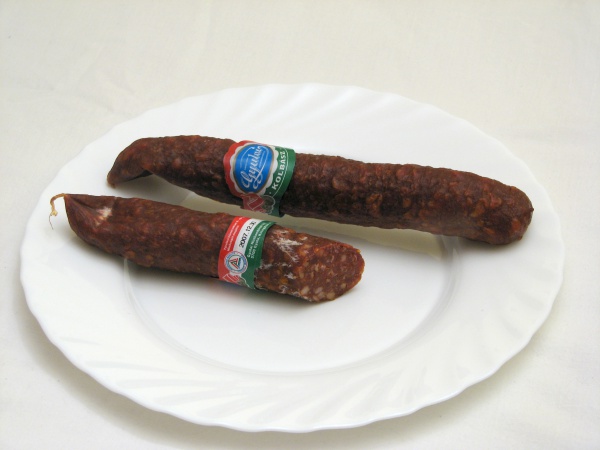Facts About Hungarian sausages
Hungarian cuisine boasts a rich array of sausages, each with its distinct character. While many of these sausages exhibit influences from Poland, every Hungarian region contributes its unique recipes. Whether boiled, fresh, or dried and smoked, these sausages are imbued with a medley of spices and flavors that distinguish them as truly exceptional.
Hungarian sausages can be enjoyed in numerous ways: as cold cuts or as key ingredients in hearty dishes like stews, soups, pastries, and salads. Smoked varieties are particularly popular, often incorporating ingredients such as bacon, ground pork, beef, boar, or lamb. For those observing halal or kosher dietary laws, beef or lamb typically replaces pork or boar. The preparation involves coarsely grinding the meat, salting it, mixing in spices, and stuffing it into natural casings before hanging them to allow the flavors to meld.
Fresh sausages offer an even greater variety with ingredients such as liver, mushrooms, bread, rice, lemon juice, eggs, cream, or milk. These sausages are typically roasted and served alongside sauerkraut or cabbage and mashed potatoes. Conversely, dry sausages are cold-smoked and cured, resulting in a unique flavor and texture.
Among the most notable Hungarian sausages are the Kolbász varieties like Gyulai, Csabai, Csemege, Cserkész, Debreceni, and Lecsókolbász. Hurka sausages, available in liver or blood sausage forms, and cooked sausages like Virsli and Párizsi, each offer their unique tastes. And, of course, we cannot overlook Hungary’s famed téliszalámi, or Winter salami, which is a must-try.

 Croatia
Croatia